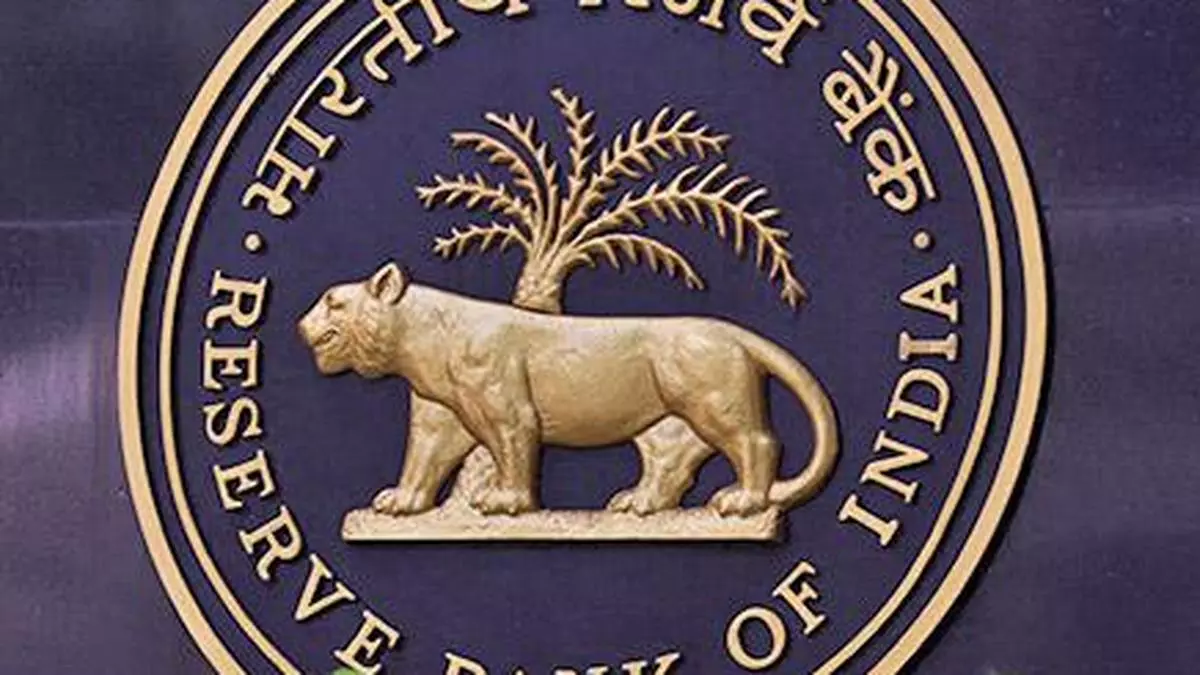Banks may be required to assign higher run-off rates on deposits for LCR purposes
Banks with a higher proportion of retail deposits enabled with internet and mobile banking (IMB) may have to step up investments in liquid assets such as Government Securities (G-Secs) as RBI may require them to assign an additional five per cent run-off factor on such deposits.
Run-off factor means the possibility of deposits getting withdrawn/ transferred, including in stressed situations.
- Also read: Climate-related financial risk: RBI to release guidance notes on scenario analysis, stress testing
RBI, in its “draft guidelines: Basel III Framework on Liquidity Standards – Liquidity Coverage Ratio (LCR) – Review of Haircuts on High Quality Liquid Assets (HQLA) and Run-off Rates on Certain Categories of Deposits”, said Banks shall assign an additional five per cent run-off factor for retail deposits enabled with IMB, including and Unified Payments Interface (UPI).
Specifically, stable retail deposits enabled with IMB shall have a 10 per cent run-off factor and less stable deposits enabled with IMB shall have a 15 per cent run-off factor.
Further, unsecured wholesale funding provided by non-financial small business customers too shall be treated in accordance with the treatment of retail deposits.
Banking expert V Viswanathan observed that the perceived cash outflows will go up due to introduction of additional run-off factor on IMB linked deposits, both stable and less stable.
However, since cash inflows remain same, the LCR (inflows/outflows ratio) will come down.
“Banks with marginally higher LCR banks may have to either increase HQLA or reduce loans and advances,” Viswanathan said.
As part of post-Global Financial Crisis (GFC) reforms, Basel Committee on Banking Supervision (BCBS) introduced Liquidity Coverage Ratio (LCR), which requires banks to maintain High Quality Liquid Assets (HQLAs) to meet 30 days net outgo under stressed conditions.
RBI has prescribed that Banks maintain LCR of at least 100 per cent.
In the draft guidelines (applicable to commercial banks excluding payments banks, regional rural banks and local area banks), RBI noted that while increased usage of technology has facilitated the ability to make instantaneous bank transfers and withdrawals, it has also led to a concomitant increase in risks, requiring proactive management.
RBI said in case a deposit, hitherto excluded from LCR computation (for instance, a non-callable fixed deposit), is contractually pledged as collateral to a bank to secure a credit facility or loan, such deposit shall be treated as callable for LCR purposes.
Further, Level 1 HQLA in the form of Government securities shall be valued at an amount not greater than their current market value, adjusted for applicable haircuts in line with the margin requirements under the Liquidity Adjustment Facility (LAF) and Marginal Standing Facility (MSF).
The central bank invited comments on the draft circular from banks and other stakeholders by August 31, 2024. RBI said these instructions on LCR and Run-off rates shall come into force with effect from April 01, 2025.
